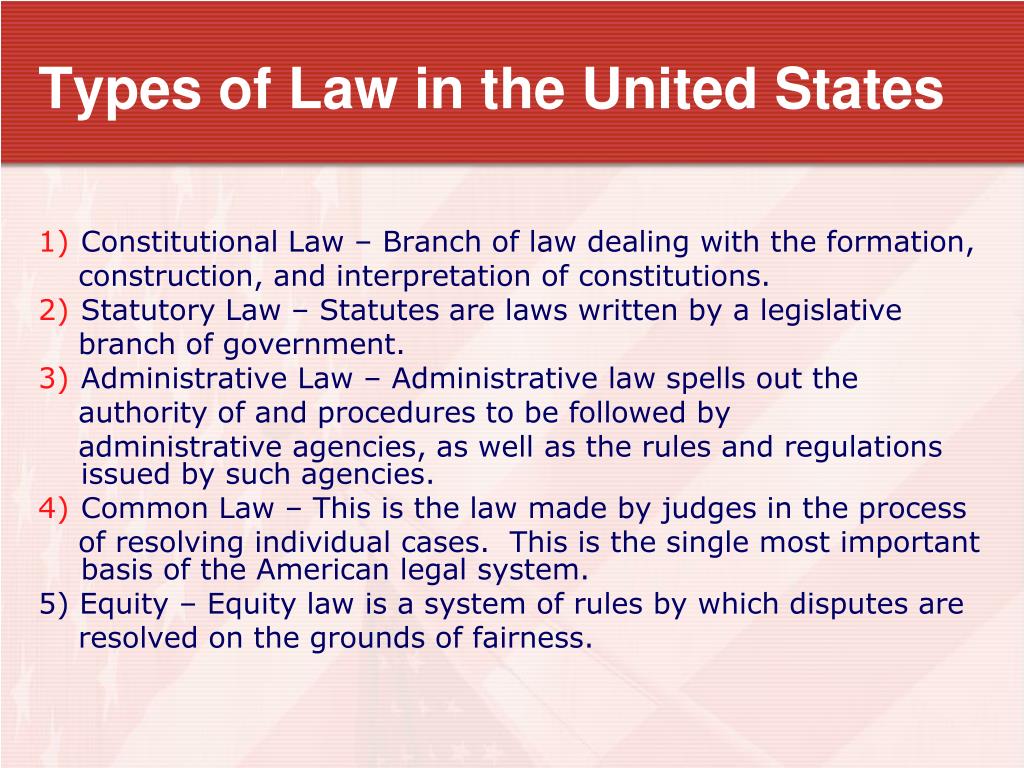Who Makes the Laws of the United States

The Legislative Branch
The legislative branch is made up of two houses of Congress: the House of Representatives and the Senate. Together, they are responsible for creating and passing laws that govern the country. The House of Representatives is comprised of 435 members who are elected every two years, while the Senate is made up of 100 members, two from each state, who are elected for six-year terms.
The Lawmaking Process
The process of creating and passing a law can be a lengthy and complicated one, but it all starts with an idea. Anyone can come up with an idea for a new law, but it takes a member of Congress to introduce it. Once a bill has been introduced, it goes through a series of steps before it can become a law.
Step 1: Committee Review
When a bill is introduced, it is sent to a committee for review. Each house of Congress has its own committees that are responsible for reviewing bills related to specific topics. The committee can choose to make changes to the bill, approve it as is, or reject it outright.
Step 2: Floor Debate and Vote
If a bill makes it through the committee stage, it is then brought to the floor of the House of Representatives or the Senate for debate and a vote. Members of Congress can propose amendments to the bill during this stage, and a simple majority is needed for the bill to pass.
Step 3: Conference Committee
If the House of Representatives and the Senate pass different versions of the same bill, a conference committee is formed to work out the differences and create a compromise bill.
Step 4: Presidential Approval
Once a bill has been approved by both the House of Representatives and the Senate, it is sent to the President for approval. The President can choose to sign the bill into law or veto it. If the bill is vetoed, Congress can override the veto with a two-thirds majority vote in both the House of Representatives and the Senate.
Advantages and Disadvantages of the Legislative Branch
Advantages:
- The legislative branch is responsible for creating and passing laws, which is a crucial function of any government.
- Both the House of Representatives and the Senate provide a check and balance on each other's power, which helps to prevent any one group from becoming too powerful.
- The legislative branch is made up of elected officials who are accountable to the people they represent.
Disadvantages:
- The lawmaking process can be slow and complicated, which can make it difficult to pass important legislation in a timely manner.
- Members of Congress are often influenced by special interest groups and lobbyists, which can lead to laws that benefit these groups rather than the general public.
- The legislative branch can become gridlocked and unable to pass any meaningful legislation, which can lead to frustration and disillusionment among the public.
FAQ
1. Who can introduce a bill in Congress?
Only members of Congress can introduce a bill in Congress. However, anyone can suggest an idea for a new law to their representative or senator.
2. How long does it take for a bill to become a law?
The process of creating and passing a law can take anywhere from a few weeks to several years, depending on the complexity of the bill and the political climate at the time.
3. What happens if the President vetoes a bill?
If the President vetoes a bill, it goes back to Congress. If two-thirds of both the House of Representatives and the Senate vote to override the veto, the bill becomes law without the President's approval.
4. How often are members of Congress elected?
Members of the House of Representatives are elected every two years, while members of the Senate are elected every six years.
In conclusion, the legislative branch of the United States government is responsible for creating and passing laws that govern the country. This process can be complicated and time-consuming, but it is a crucial function of any government. While there are advantages and disadvantages to the legislative branch, it plays an important role in maintaining a balanced and democratic system of government.
